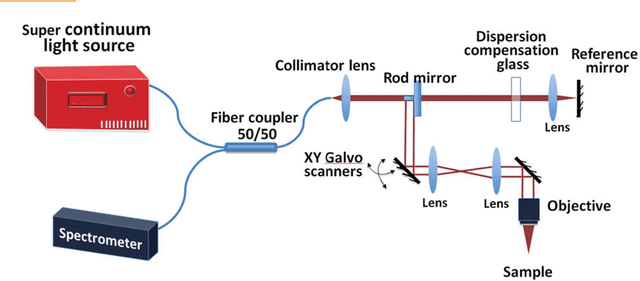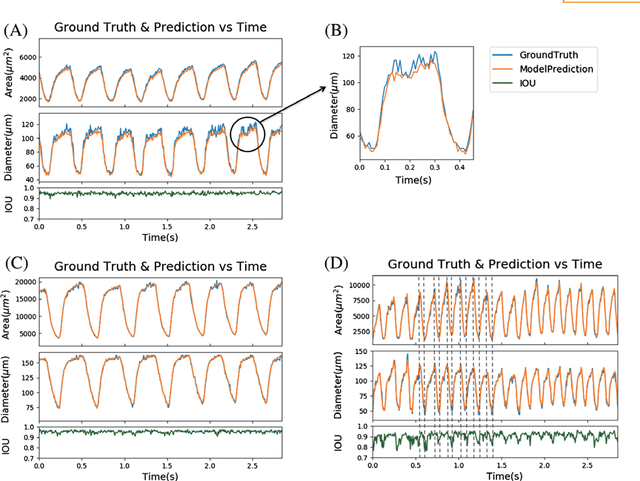Xi Qin
Smaller Models, Smarter Rewards: A Two-Sided Approach to Process and Outcome Rewards
Oct 27, 2025Abstract:Generating high-quality code remains a challenge for Large Language Models (LLMs). For the evolution of reasoning models on this task, reward models are a necessary intermediate step. These models judge outcomes or intermediate steps. Decoder-only transformer models can be turned into reward models by introducing a regression layer and supervised fine-tuning. While it is known that reflection capabilities generally increase with the size of a model, we want to investigate whether state-of-the-art small language models like the Phi-4 family can be turned into usable reward models blending the consideration of process rewards and outcome rewards. Targeting this goal, we construct a dataset of code samples with correctness labels derived from the APPS coding challenge benchmark. We then train a value-head model to estimate the success probability of intermediate outputs. Our evaluation shows that small LLMs are capable of serving as effective reward models or code evaluation critics, successfully identifying correct solutions among multiple candidates. Using this critic, we achieve over a 20% improvement in the search capability of the most accurate code out of multiple generations.
Segmentation of Drosophila Heart in Optical Coherence Microscopy Images Using Convolutional Neural Networks
Jul 21, 2018



Abstract:Convolutional neural networks are powerful tools for image segmentation and classification. Here, we use this method to identify and mark the heart region of Drosophila at different developmental stages in the cross-sectional images acquired by a custom optical coherence microscopy (OCM) system. With our well-trained convolutional neural network model, the heart regions through multiple heartbeat cycles can be marked with an intersection over union (IOU) of ~86%. Various morphological and dynamical cardiac parameters can be quantified accurately with automatically segmented heart regions. This study demonstrates an efficient heart segmentation method to analyze OCM images of the beating heart in Drosophila.
 Add to Chrome
Add to Chrome Add to Firefox
Add to Firefox Add to Edge
Add to Edge